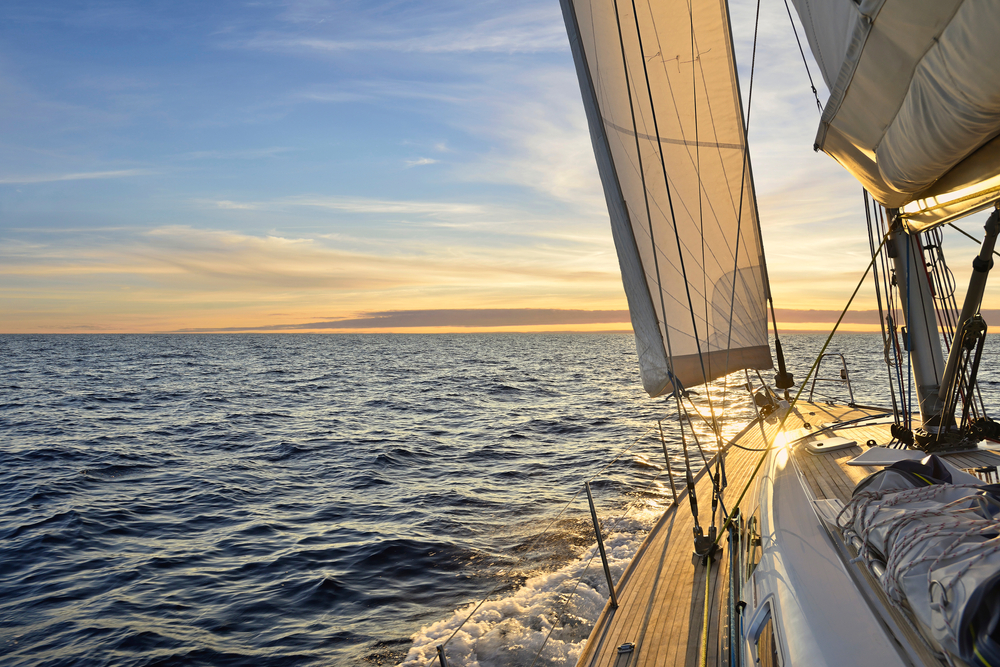Your First Sailboat
Finally, after years of slow growth, the sport of sailing has the wind at its back. This resurgence is driven by cheaper boats that are easier to transport and navigate, the draw of doing something carbon-neutral and the thrill of wind-powered propulsion.
GETTING STARTED
We’re not talking about starting your sailing adventure with a 55-foot ketch and a crew of seven, or becoming an America’s Cup racer where you hang over the side on a harness, traveling 34 miles an hour. The best starter sailboat requires a one-person crew with room for friends and family, with retractable tillers and centerboards to make them easily towed.
Most starter sailboats are affordable, particularly if you buy them used.
Marinas and community schools offer “how to sail” courses that will teach rigging, sailing points (upwind, downwind, sidewind) and, most important, how to dock.
DRAWN BACK TO NATURE
What’s the wind that’s pushing these trends? Boating in general and sailing in particular are getting a boost in a post-pandemic landscape. Working from home drives an urge to be outside in nature. Boating offers the joy of being out on the water, among fresh breezes.
Sailing is a great family sport that teaches cooperation and leaves long-lasting family memories of being together on an adventure.
Nothing is more thrilling than that feeling of being blown by the wind. Sailors enjoy the challenge of operating the boat and navigating different weather conditions.
Sailing is a social sport. Sailors love to trade tips on sailing techniques, boat options and best places to sail.
Another draw of sailing is its intellectual side. Sailors enjoy the challenge and complexity of reading the wind and responding with the optimal blend of a trimmed sail, the best course and the right amount of hull in the water.
An Upscale Sport
Sailing draws an upscale crowd and is now the second most popular sport (to downhill skiing) among medium to higher income brackets. Among the affluent, sailing has become more popular than tennis, golf, canoeing and mountain biking.
But access for beginners is quite reasonable. Small, used sailboats can be found for under $1,000, giving you an affordable entry point to get your sea legs and see if you like it.
Sailing appeals to a range of personalities: adventurers, learners, outdoor enthusiasts, introverts and extroverts. It’s both a solo sport and a family sport, full of thrills, excitement and beauty.
Grab a lanyard and give it a try!
Popular First Sailboats
Dinghy
New: $3,500 | Used: $200-$300
Single mainsail craft that can be transported on top of a car and assembled in minutes.
Sunfish
New: $5,000 | Used: $1,000
A large sail and shallow draft make this 13-foot sailboat fast, with great rigging for learning and racing. Beware: easy to tip.
Gaff-Rigged Catboat
New: $20,000- $50,000*| Kit: $3,000
From 15 to 19 feet, with either an open design or cabin. At home on a lake or the ocean, with room for family and friends.
*without cabin or with cabin, galley and head
West Wight Potter 19
New: $25,000 | Used: $5,000
Fiberglass and literally unsinkable. Easy to rig and handle. Capable of navigating a lake or sailing from California to Hawaii. Stable. One person can set up and sail it, but room for lots of shipmates.

